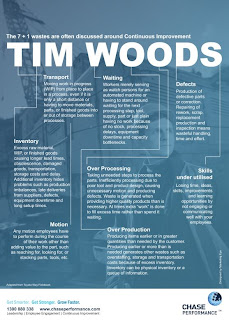5S is a basic, fundamental, systematic approach to quality, productivity and safety improvement.
It is relevant to all businesses and focuses on:
The benefits of 5S are:- Improved visual communication
- Improved safety
- Improved productivity
- Improved morale
- Improved use of space
- Reduced inventory and supply costs
- Showcasing your work area
- A higher quality of customer service
- Profitability
- Efficiency
- Service
- Safety
Contact us on 1300 880 338 to talk to one of our Business Improvement Consultants on creating meaningful change in your organisation.


